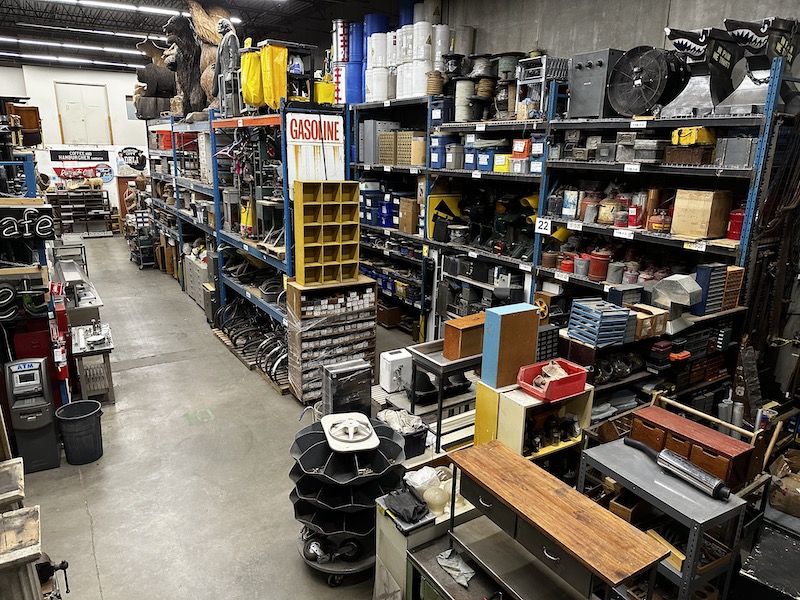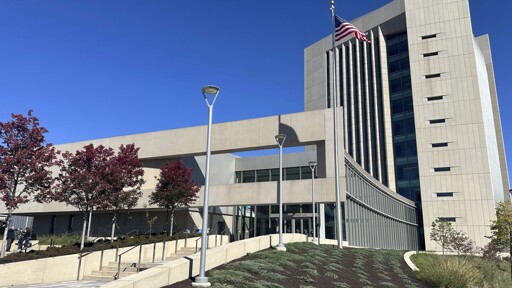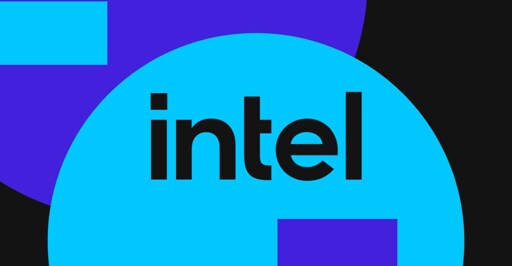Containers are better than any other option, so of course they’re being used! I’m gunna use containers even harder!
AmbiguousProps
- 20 Posts
- 223 Comments

 3·3 days ago
3·3 days agoAbsolutely, and I didn’t mean to imply white rice was healthy or anything of the sort, or that you had an extremist take. I just think the lower class in the US has much more to worry about in this regard. You can definitely balance your carb intake, and as long as you’re aware of the amount of carbs you’re consuming and want white rice, I say go for it. You do need carbs to survive, after all, although carbs with fiber are obviously better suited for that.
Do you have the exploit compatibility mode enabled in the settings? Under Apps > [Your Banking App]

 2·3 days ago
2·3 days agoI mean, it is true that white rice could be considered filler food with little nutritional value, but compared to other cheap foods (in the US anyway), it’s probably better for you. I suppose I’m talking primarily talking about the heavily processed foods with added sugars - it would be better to have something with white rice than those. Unfortunately cheap, heavily processed foods are what most lower income people eat in the US. I consider those foods the actual pre-diabetic junk food. I also think a lot of people in the US likely add a ton of sugar to their oatmeal.
I love oatmeal, though, don’t get me wrong. I have oodles of oats around, both in my pantry and with my other emergency supplies (I’m talking about a dozen #10 cans of just oats).

 1·4 days ago
1·4 days agoHmm, strange that the config file didn’t work - that’s actually how I do it (but with Mullvad and wireguard). No installation necessary if you can figure out why it’s not working.

 1·4 days ago
1·4 days agoTotally fair - you gotta find and use what works for you!

 2·4 days ago
2·4 days agoAh, yeah, if your VPN only provides a run script you may need to try it in distrobox and see if it works there. It’s probably trying to put libraries in immutable portions of the install. Good work figuring Linux out, I know it can be a bit daunting at first but you’ll get the hang of it!

 3·4 days ago
3·4 days agoThat’s what immutable means in this case. You can’t modify outside of your user directory, at least not directly, on immutable distros. The files outside of your
~home path are read-only. You can override that a few different ways, however. If your VPN has a flatpak, that’s the easiest way to get it up and running. If you don’t care about more space (minimal, if you only do it for your VPN) being used, you may be able to follow your VPN’s fedora instructions, replacingdnfwithrpm-ostree. That will likely allow you to install as you can in other distros.Feel free to ask any questions if you have any, I’m happy to help.

 9·4 days ago
9·4 days agoFor real, full AMD on Fedora is incredibly stable and smooth.

 4·4 days ago
4·4 days agoYou keep saying this, but then do not elaborate very much. A lot of your comments in this thread have been something about Bazzite being bad/complicated/slow. Bazzite is not necessarily more complicated, it’s actually a lot less complicated in most ways and is difficult to break by design, as are other immutable distros. This is precisely why it is pushed to new Linux users. It’s a good starting point to have something that just works and not have to worry about much. I think a lot of long time Linux users are used to having full control over every piece of the OS, and have (like yourself) come to expect all distros to work that way. That’s fine and I totally understand that, but you should also consider that those who have not built the same habits from non-immutable might prefer a more hands off approach. I’ve used Linux for almost two decades, and I daily drive immutable because it’s so stable. I’m able to scratch the itch of wanting to mess with stuff by using distrobox, and if I’m really messing around, just using rpm-ostree. Sure, it’s different than normal distros, and it’s not for everyone, but it got my partner to use Linux on their own without any issues.
It’s okay to suggest other options for sure, but don’t get snarky when people are suggesting what works for them. The main benefit of Linux is that you have a choice in the first place, and you aren’t going to be stuck with whatever distro you’re using if they decide to do something catastrophic.
There is no such thing as a one-fits-all distro.

 2·4 days ago
2·4 days agoI’ve never had an issue with any community tools on an immutable distro. Especially distros that have distrobox, but for the most part, the community tools I’ve needed use lutris or flatpak and do not require compilation. Do you have an example of some of the tools you’re talking about? I’m not necessarily doubting you, I just haven’t encountered it before. You can also still install things (at the cost of image space) with rpm-ostree.

 1·4 days ago
1·4 days agoDid you set up secure boot during setup of Bazzite, out of curiosity? It has the ability to function with it and should prompt you if I remember correctly.

 2·4 days ago
2·4 days agoCachy won’t necessarily be a magic bullet for Nvidia drivers, especially for older GPUs.
It’s a good option though, I just wanted to set expectations.

 3·4 days ago
3·4 days agoPeople suggest Bazzite because it just works and is difficult to break or otherwise have things to wrong. I’m not sure what you mean by “struggles to keep up”, can you explain?
Also, you know about rpm-ostree and distrobox, right?

 19·4 days ago
19·4 days agoThey think line won’t go up if they don’t shove it down every user’s throat. They’ve put most of their eggs in that basket.

 5·4 days ago
5·4 days agoThat’s the thing, though, EAC can run on Linux if the devs allow it. There are games that use EAC that run just fine on Linux.

 4·4 days ago
4·4 days agoI used to be huge into Battlefield. Even on Linux, I played the shit out of BF4. But I will never be sad about avoiding kernel level anticheat. I don’t even feel like I’m missing out, quite the opposite really, especially after Saudi Arabia bought out EA. Why would I ever want kernel level anything from them? They’d have to pay me.
I guess that’s all to say that I just don’t play those games, and I’m better off for it. I think we should be educating other gamers on what they’re sacrificing to play these games for little reduction in cheaters (BF6 has them, I’ve seen videos of it). Is it really worth it to have a Saudi rootkit on your computer to play that game? Are they willing to sacrifice their security, privacy, and digital freedoms so they can play a game for a couple of hours a day or week? If so, that’s fine, but games that use kernel level anticheat tend to try to mask the risks of running them, which is fucked.

 5·5 days ago
5·5 days agoUp 1% for the day

 37·5 days ago
37·5 days agoThey’ve been running on that PR spin since 2023.
























The AI we’ve had for over 20 years is not an LLM. LLMs are a different beast. This is why I hate the “AI” generalization. Yes, there are useful AI tools. But that doesn’t mean that LLMs are automatically always useful. And right now, I’m less concerned about the obvious hallucination that LLMs constantly do, and more concerned about the hype cycle that is causing a bubble. This bubble will wipe out savings, retirement, and make people starve. That’s not to mention the people currently, right now, being glazed up by these LLMs and falling to a sort of psychosis.
The execs causing this bubble say a lot of things similar to you (with a lot more insanity, of course). They generalize and lump all of the different, actually very useful tools (such as models used in cancer research) together with LLMs. This is what allows them to equate the very useful, well studied and tested models to LLMs. Basically, because some models and tools have had actual impact, that must mean LLMs are also just as useful, and we should definitely be melting the planet to feed more copyrighted, stolen data into them at any cost.
That usefulness is yet to be proven in any substantial way. Sure, I’ll take that they can be situationally useful for things like making new functions in existing code. They can be moderately useful for helping to get ideas for projects. But they are not useful for finding facts or the truth, and unfortunately, that is what the average person uses it for. They also are no where near able to replace software devs, engineers, accountants, etc, primarily because of how they are built to hallucinate a result that looks statistically correct.
LLMs also will not become AGI, they are not capable of that in any sort of capacity. I know you’re not claiming otherwise, but the execs that say similar things to your last paragraph are claiming that. I want to point out who you’re helping by saying what you’re saying.